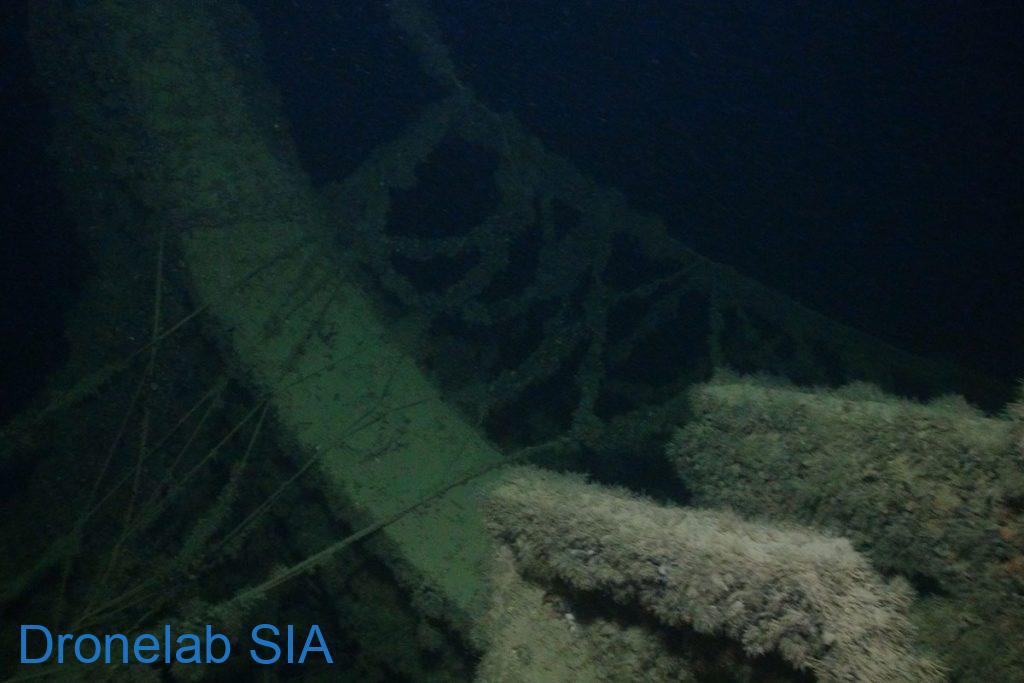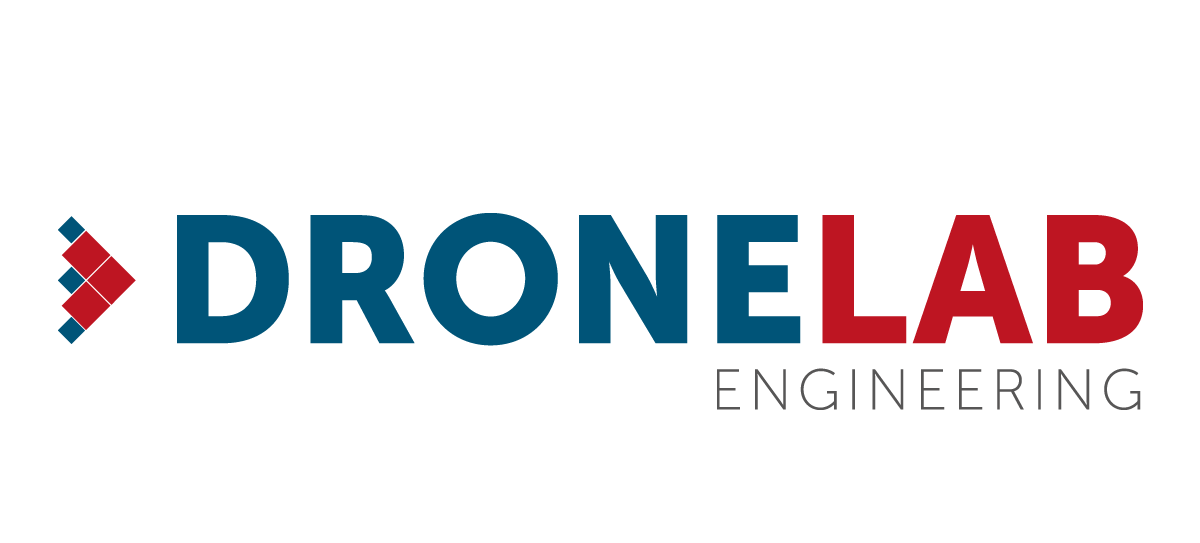Our oceans face a multitude of threats, from pollution and climate change to overfishing and habitat destruction. Among these, the insidious problem of “ghost nets” stands out as a particularly devastating and often overlooked issue. Ghost nets, abandoned, lost, or discarded fishing gear, continue to wreak havoc on marine ecosystems long after they’ve been abandoned. These nets, often made of durable plastic, drift through the ocean, indiscriminately trapping marine life in a deadly cycle of entanglement and death.
The Deadly Drift: How Ghost Nets Operate
As the provided transcript explains, ghost nets are a persistent threat:
- Persistent Threat: Made from strong plastic, these nets can remain in the water for extended periods, sometimes decades.
- Indiscriminate Trapping: They float with ocean currents, ensnaring fish, crustaceans, and even larger marine animals like turtles, sharks, and dolphins.
- The Cycle of Death: Trapped creatures often attract larger predators, leading to further entanglements. As the net’s catch decomposes, it may sink, only to resurface later and continue its destructive cycle.
- Habitat Damage: Ghost nets can also smother coral reefs and introduce invasive species and parasites, further disrupting fragile ecosystems.

The Baltic Sea Context
While the provided information is general, the Baltic Sea, a region of focus for Dronelab, is also susceptible to the ghost net problem. The Baltic’s unique characteristics – its relatively shallow depth and semi-enclosed nature – can exacerbate the impact of these nets.
Dronelab’s Potential Role in Addressing the Ghost Net Problem
Although the provided transcript doesn’t directly mention Dronelab, the company’s underwater expertise positions it to contribute to solutions in several ways:
- Underwater Surveys and Mapping: Dronelab’s underwater ROVs and sonar systems could be used to locate and map ghost net accumulation areas.
- Net Retrieval Operations: Dronelab could potentially develop or adapt underwater robotic systems for the safe and efficient retrieval of ghost nets. This would require specialized tools and techniques to avoid further entanglement of marine life during the removal process.
- Monitoring and Prevention: Dronelab’s underwater monitoring technologies could be used to track fishing activity and potentially identify areas where nets are frequently lost or discarded, aiding in preventative measures.
- Data Analysis and Research: Dronelab could potentially contribute to research efforts aimed at understanding the distribution, impact, and degradation rates of ghost nets in the Baltic Sea.
The Need for Collaboration and Innovation
Addressing the ghost net problem requires a collaborative effort involving governments, fishing industries, conservation organizations, and technology providers. Innovative solutions, like those Dronelab could potentially offer, are crucial to mitigating the devastating impact of these silent killers.
The Importance of Skilled Professionals
Effective underwater operations, particularly those involving the retrieval of ghost nets, demand highly skilled and experienced personnel. Dronelab relies on qualified professionals such as:
- Scuba divers: For underwater surveys, inspections, and potentially assisting with net retrieval operations.
- Rebreather divers: For specialized tasks in challenging underwater environments.
- RIB boat captains: For safe and efficient navigation during underwater operations.
Заключение
Ghost nets represent a significant threat to marine ecosystems worldwide, including the Baltic Sea. While the provided transcript highlights the problem, it also implicitly points to the need for innovative underwater solutions. Dronelab, with its expertise in underwater technology and operations, has the potential to play a vital role in addressing this challenge, contributing to a cleaner, healthier, and more sustainable marine environment. Further research and development in this area are crucial to protect our oceans from this silent scourge.

